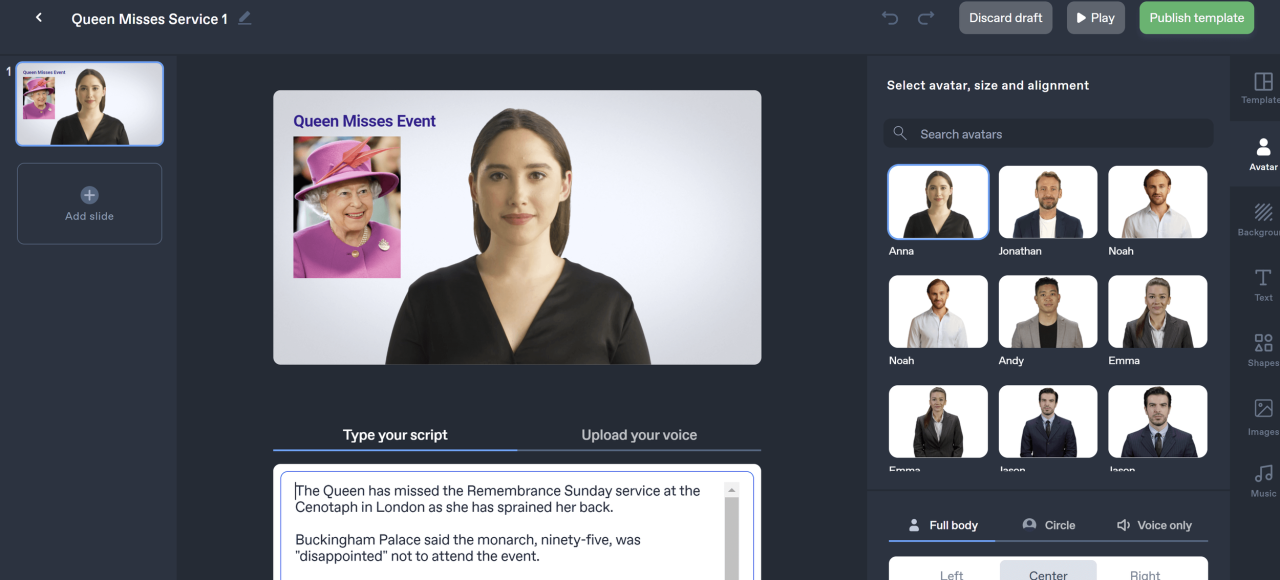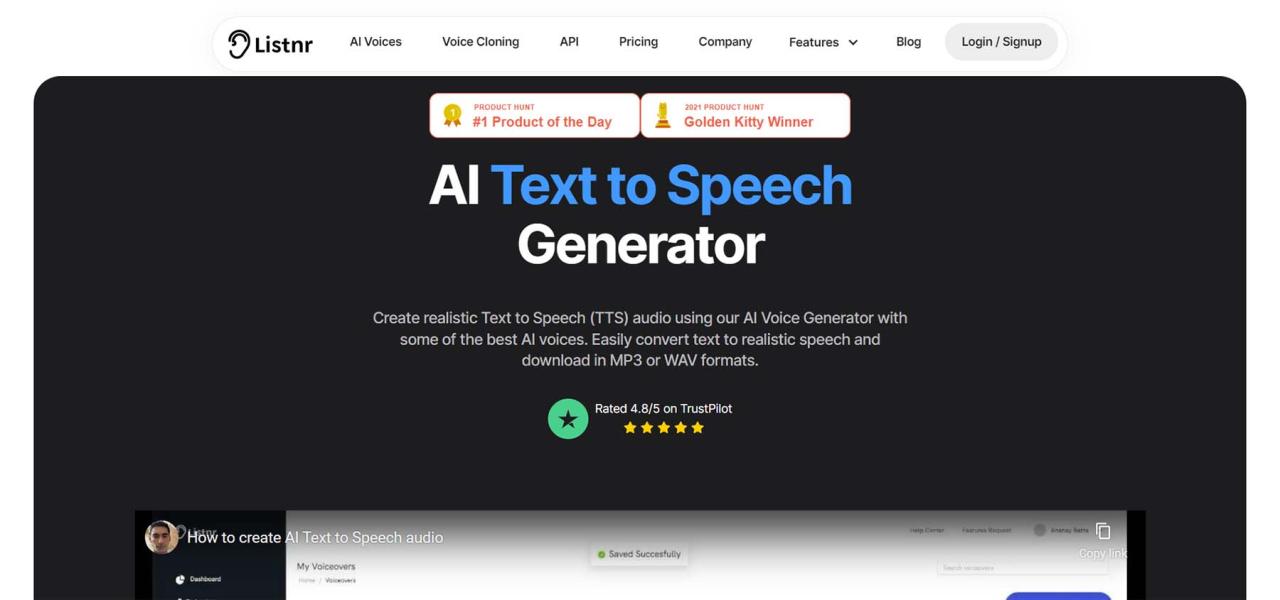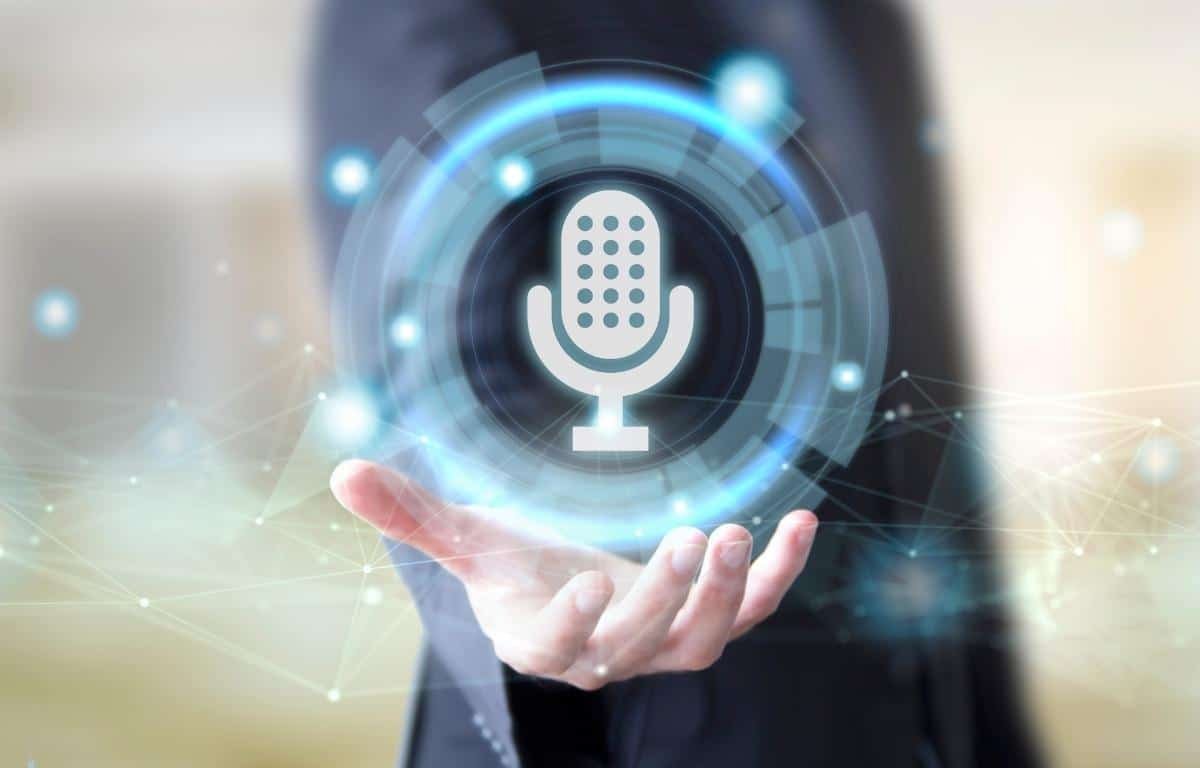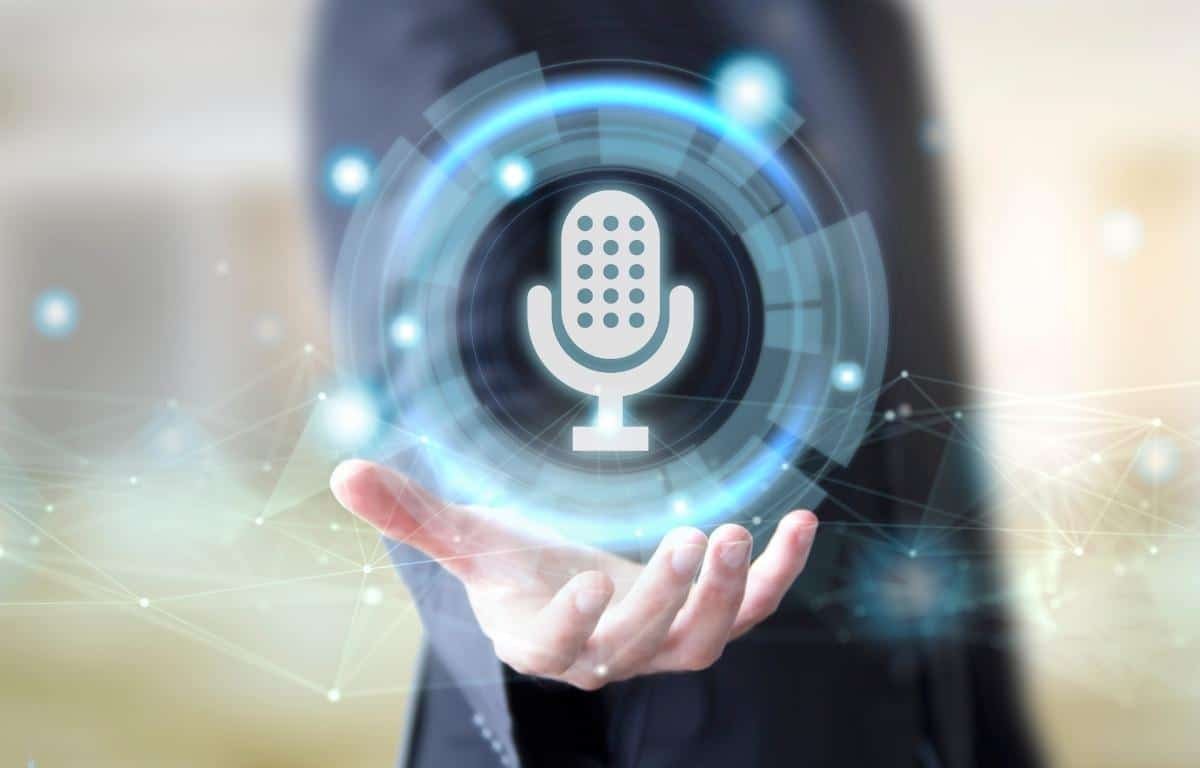Best AI voice generator for realistic human voices: Ever wondered how computers can now sound almost human? We’re diving into the fascinating world of AI voice generation, exploring the technology behind it, the top platforms available, and what makes a truly realistic-sounding voice. Get ready to discover how this technology is transforming industries and what the future holds.
From the early days of robotic-sounding speech to today’s incredibly lifelike voices, AI voice generation has come a long way. This journey has been fueled by advancements in machine learning and vast amounts of training data. We’ll examine the key features that make a voice sound human—things like natural intonation, emotional expression, and even subtle vocal nuances. We’ll also look at the leading platforms, comparing their strengths and weaknesses, and discuss the ethical considerations surrounding this powerful technology.
Finding the best AI voice generator for realistic human voices can be tricky, but it’s worth the effort! You need something that sounds natural, right? Think about how important clear audio is; even something as impactful as the news, like the recent election where Republican Mike Johnson reelected House speaker after dramatic events, relies on strong audio communication.
So, when choosing your AI voice generator, prioritize natural-sounding voices for optimal impact.
AI Voice Generation: A Deep Dive into Realistic Human Voices
AI voice generation has come a long way, transforming from robotic monotone to remarkably realistic human-like speech. This technology leverages sophisticated algorithms and vast datasets to create synthetic voices capable of mimicking human nuances and expressions. This article explores the technology behind AI voice generators, examines key features contributing to realism, reviews leading platforms, and discusses ethical considerations and future trends.
Introduction to AI Voice Generators
AI voice generation, also known as text-to-speech (TTS), utilizes artificial intelligence to convert written text into spoken audio. Early TTS systems produced robotic-sounding voices due to limitations in processing power and data availability. However, advancements in deep learning, particularly the use of recurrent neural networks (RNNs) and generative adversarial networks (GANs), have significantly improved the naturalness and realism of synthetic speech.
Finding the best AI voice generator for realistic human voices can be tricky! A big factor in the price and availability of these generators is manufacturing, and that’s where the article on China is the manufacturing superpower | Hacker News comes in handy. Understanding China’s role in global manufacturing helps you grasp the economics behind AI voice tech, ultimately leading you to a better choice for your needs.
So, do your research and find the perfect AI voice for your project!
Current AI voice generators can produce voices with various accents, tones, and emotional inflections, mimicking human speech patterns with remarkable accuracy.
Different types of AI voice generators exist, categorized primarily by their underlying architecture. These include concatenative TTS, which stitches together pre-recorded speech segments, and parametric TTS, which synthesizes speech from scratch using algorithms. Parametric methods, such as those employing neural networks, are generally preferred for their ability to generate more natural and expressive speech.
Key Features of Realistic Human Voices
Creating truly realistic synthetic speech requires attention to several crucial acoustic characteristics. These features are essential in making the generated voice sound natural and human-like.
- Natural Prosody: This refers to the rhythm, stress, and intonation patterns of speech. Realistic prosody is vital for conveying meaning and emotion effectively.
- Accurate Intonation and Pacing: Correct intonation helps convey the intended meaning, while appropriate pacing ensures the speech flows naturally and avoids sounding monotonous or rushed.
- Emotional Expression and Vocal Nuances: The ability to express emotions like joy, sadness, or anger through subtle variations in pitch, tone, and pace significantly enhances the realism of a synthetic voice. These nuances are crucial for creating engaging and believable audio.
Top AI Voice Generator Platforms

Several platforms offer high-quality AI voice generation capabilities. A comparison of some popular options is provided below.
| Platform Name | Pricing | Voice Options | Customization Features | Ease of Use |
|---|---|---|---|---|
| Murf.ai | Subscription-based | Wide range of voices, accents | Voice cloning, style customization | User-friendly interface |
| Descript | Subscription-based | Diverse voice options | Advanced audio editing features | Relatively easy to use |
| ElevenLabs | Subscription-based, with free tier | High-quality voices | Customization options for tone and style | Intuitive interface |
| Amazon Polly | Pay-as-you-go | Numerous voices and languages | SSML support for detailed control | Programmatic access, requires technical skills |
Sound Quality Comparison (Top 3): ElevenLabs and Murf.ai generally produce very similar high-quality voices with natural intonation and expression, slightly edging out Descript, which while excellent, might show occasional minor artifacts in complex sentences. Descript’s strength lies in its powerful audio editing suite, making it ideal for post-production work.
Factors Affecting Voice Quality
Several factors significantly impact the quality of the generated voice.
- TTS Engines: The underlying TTS engine plays a crucial role in determining the naturalness and clarity of the synthesized speech. Advanced neural network-based engines generally produce superior results.
- Voice Training Data: The quality and diversity of the training data used to train the AI model directly influence the realism and naturalness of the generated voices. Larger, more diverse datasets typically lead to better results.
- Audio Processing Techniques: Post-processing techniques, such as noise reduction, equalization, and dynamic range compression, can significantly improve the overall audio quality and clarity of the generated speech.
Applications and Use Cases

Realistic AI voice generators have found applications across various industries.
- E-learning: Creating engaging and accessible educational content.
- Gaming: Developing immersive and interactive gaming experiences.
- Accessibility: Providing text-to-speech capabilities for visually impaired individuals.
- Audiobook Production: Generating audiobooks quickly and efficiently.
- Virtual Assistants: Improving the naturalness and expressiveness of virtual assistants.
High-fidelity human-like voices are crucial in applications where emotional connection and believability are essential, such as audiobooks, character voices in video games, and customer service interactions.
Finding the best AI voice generator for realistic human voices can be tricky, but it’s worth the effort for projects needing a natural-sounding voice. Think about how cool it would be to announce news like Luke Littler wins World Darts Championship at age of 17 – but which using a super realistic AI voice! The right generator can make your audio projects sound truly professional and engaging.
Future applications might include personalized voice assistants tailored to individual preferences, AI-powered voice cloning for archival purposes, and advanced applications in virtual and augmented reality.
Ethical Considerations, Best AI voice generator for realistic human voices

The potential for misuse of AI voice generation technology raises significant ethical concerns.
- Deepfakes: The creation of convincing audio deepfakes can be used for malicious purposes, such as spreading misinformation or impersonating individuals.
- Bias in Datasets: Biases present in the training data can lead to the generation of voices that reflect and perpetuate those biases, potentially causing harm.
- Misuse and Misinformation: The technology can be used to create convincing audio recordings that are used to deceive or manipulate people.
Mitigating these risks requires the development of robust detection techniques, ethical guidelines for the use of AI voice generation, and increased public awareness of the potential for misuse.
Future Trends in AI Voice Generation
The future of AI voice generation promises even more realistic and expressive synthetic speech.
- Improved Natural Language Processing (NLP): Advancements in NLP will allow for more nuanced and context-aware speech generation, leading to more natural and engaging conversations.
- Multimodal Synthesis: Integrating AI voice generation with other modalities, such as facial expressions and body language, will create more immersive and realistic virtual characters.
- Personalized Voice Synthesis: AI models will be able to learn and adapt to individual voices, allowing for the creation of highly personalized synthetic speech.
AI voice generators are poised to play an increasingly important role in communication and beyond, impacting various aspects of our lives from entertainment and education to healthcare and customer service. However, responsible development and deployment of this technology are crucial to ensure its ethical and beneficial use.
Ending Remarks
AI voice generation is rapidly evolving, promising even more realistic and versatile voices in the future. As the technology matures, we can expect to see even more creative and practical applications emerge across various fields. While ethical considerations remain important, the potential benefits of this technology are undeniable, offering accessibility, efficiency, and creative possibilities we’re only beginning to explore.
So, whether you’re a developer, content creator, or simply curious about the future of sound, this journey into the world of realistic AI voices has just begun.
Quick FAQs: Best AI Voice Generator For Realistic Human Voices
What are the limitations of current AI voice generators?
While incredibly advanced, current AI voice generators can still struggle with complex sentence structures, nuanced emotional expression, and maintaining consistency across longer audio segments. They may also occasionally produce unnatural pauses or inflections.
How much does it cost to use an AI voice generator?
Pricing varies widely depending on the platform and usage. Some offer free tiers with limitations, while others charge based on the number of characters processed or audio minutes generated. Professional-grade services tend to be more expensive.
Can I use an AI voice generator to create a voice for a specific person?
While some platforms allow for voice customization, creating a voice that precisely matches a specific individual raises ethical concerns, especially without consent. This area is subject to legal and ethical restrictions.
What file formats do AI voice generators typically output?
Common output formats include MP3, WAV, and sometimes others depending on the platform. These are standard audio file formats compatible with most devices and software.
